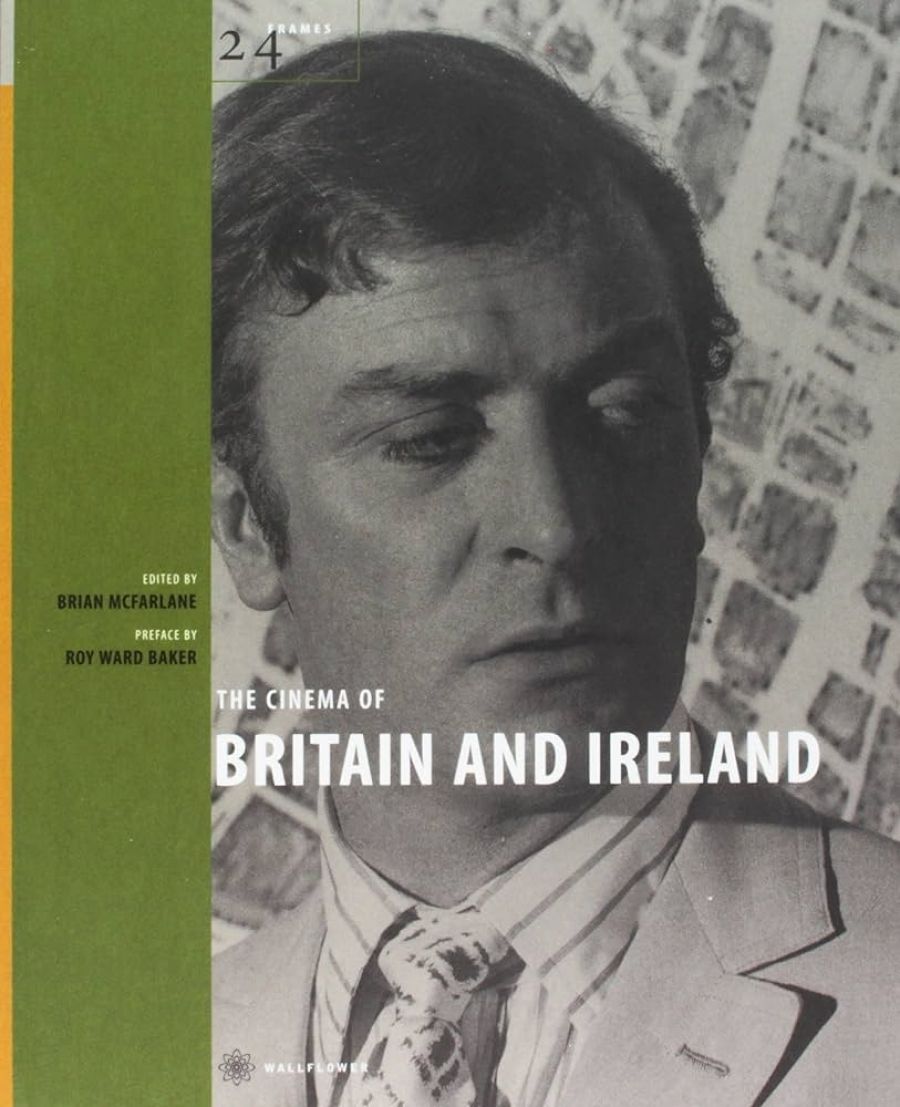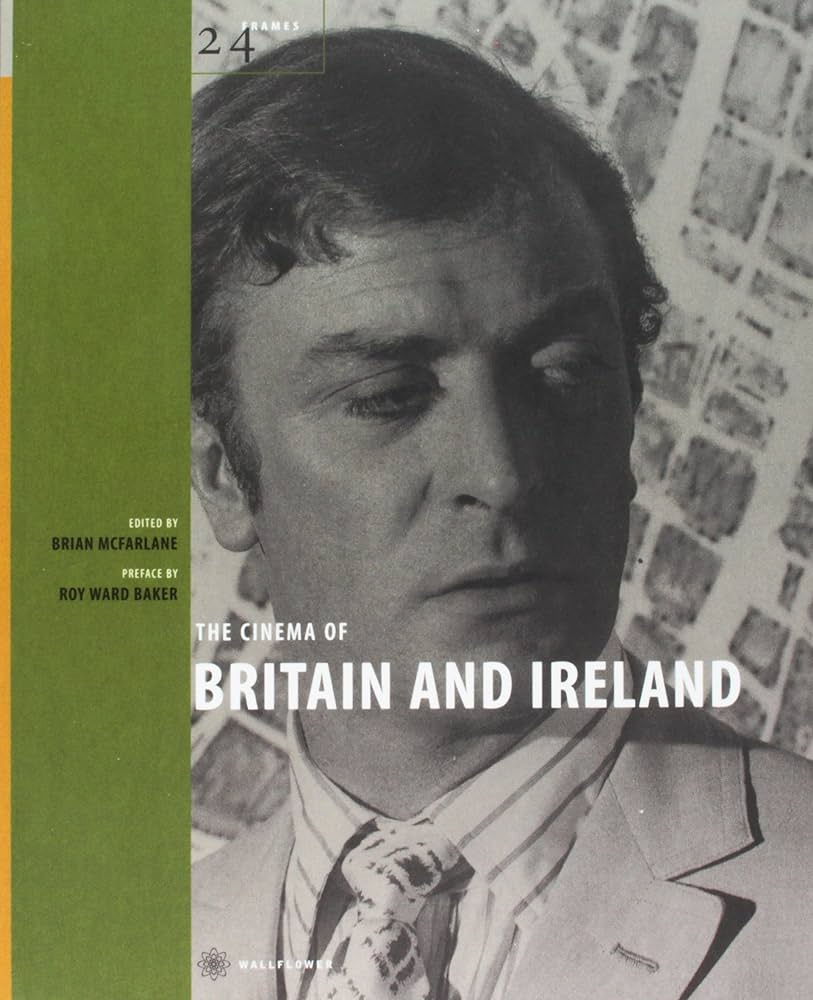
- Free Article: No
- Contents Category: Film Studies
- Review Article: Yes
- Article Title: Standing the test
- Online Only: No
- Custom Highlight Text:
Robert Murphy, in his contribution to this collection of essays on The Cinema of Britain and Ireland, focuses on a little-seen example of the ‘British noir tradition’, Robert Hamer’s The Long Memory (1952). Murphy makes a convincing case for The Long Memory, placing it in the frame with other, better-known contributions to the genre such as John Boulting’s Brighton Rock (1947), Hamer’s own, earlier It Never Rains on Sundays (1947) and, best known of all, Carol Reed’s The Third Man (1949). The Long Memory, Murphy concludes, is ‘a good example of the invisibility of British cinema’, and in that striking phrase he seems to imply that the fate of forgotten or neglected British films such as The Long Memory is to be doubly invisible, relegated to an also-ran position within a national cinema that has itself been unfairly relegated over the years.
- Book 1 Title: The Cinema of Britain and Ireland
- Book 1 Biblio: Wallflower, $44.95 pb, 301 pp
- Book 1 Cover Small (400 x 600):

- Book 1 Cover (800 x 1200):

McFarlane, with the lightness of touch that also characterises his Encyclopedia of British Film (2003), makes short work of this sort of thing. He recalls his days as a young man in Melbourne, when a taste for good British films would brand a chap as too conventional by far, putting him in the same category as people who preferred ‘stout walking shoes’. All that has changed, he says, thanks in considerable part to the efforts of the writers represented in this book. So much have things changed, in fact, that The Cinema of Britain and Ireland deliberately focuses on those films that have yet to be rehabilitated or given their proper due, the implication being that the battle – for proper recognition of the major contribution of the British (and for that matter the Irish) to world cinema – has now been won. But Robert Murphy is not the only contributor to hint, by a stray phrase or two, that there may still be a way to go. John Oliver, for example, in an essay on Anthony Asquith and A.V. Bramble’s Shooting Stars (1928), describes Asquith as someone who later developed into a ‘skilled director’, which rather underplays the extent of Asquith’s achievement or his ability to demonstrate, in Pygmalion (1938) or The Winslow Boy (1948) or The Importance of Being Earnest (1952), that the stage, and indeed staginess, could also be profoundly cinematic.
Many of these essays, in effect, make the case for larger studies of the subjects they introduce. The veteran critic Charles Barr, who has a particular ability to convey the essential qualities of a film to a reader who has not seen it, tackles this question of the relationship between British cinema and the stage through a discussion of Victor Saville’s The Good Companions (1933), adapted from J.B. Priestley’s novel about a group of travelling players. Tony Aldgate’s essay on Jack Clayton’s Room at the Top (1959), a film that pushed the boundaries of what could be said and shown on screen, quotes from contemporary documents that reveal a slightly creepy complicity between censors and filmmakers of which one would like to know more.
McFarlane’s own essay in this volume is ostensibly on another film by Robert Hamer, Pink String and Sealing Wax (1945), but his real subject is its star, Googie Withers, ‘perhaps the strongest, most commanding actress British films ever produced’. Hamer is, in McFarlane’s view, the Ealing director most ‘concerned in his films to look beneath the accepted surfaces of British life’, and Withers had the face and the walk and the subtlety as an actress to convey those depths. Indeed, this collection as a whole reinforces the central importance of acting to British cinema. Peter Finch in Ralph Thomas’s No Love for Johnnie (1961), or the same actor in John Schlesinger’s Sunday, Bloody Sunday (1971); Tilda Swinton, directed by Sally Potter, in Orlando (1992): it is the human aspect – the relationship between director and actor – that lies at the heart of British cinema, and that is perhaps what led Ray (ironically enough, that most humane of directors) and Truffaut and others to regard it as insufficiently cinematic. Yet, at their best, these directors fostered a new, cinematic kind of acting that rendered the performance both actorly and real, and made that performance crucial to the success of the film. That was true even if the film in question was a documentary. The fisherman in Robert Flaherty’s Man of Aran (1934) couldn’t really fish, but, Martin McLoone tells us, the director chose him because ‘he looked good … and, as Flaherty himself said, it is surprising how few faces can stand the test of a camera’.


Comments powered by CComment